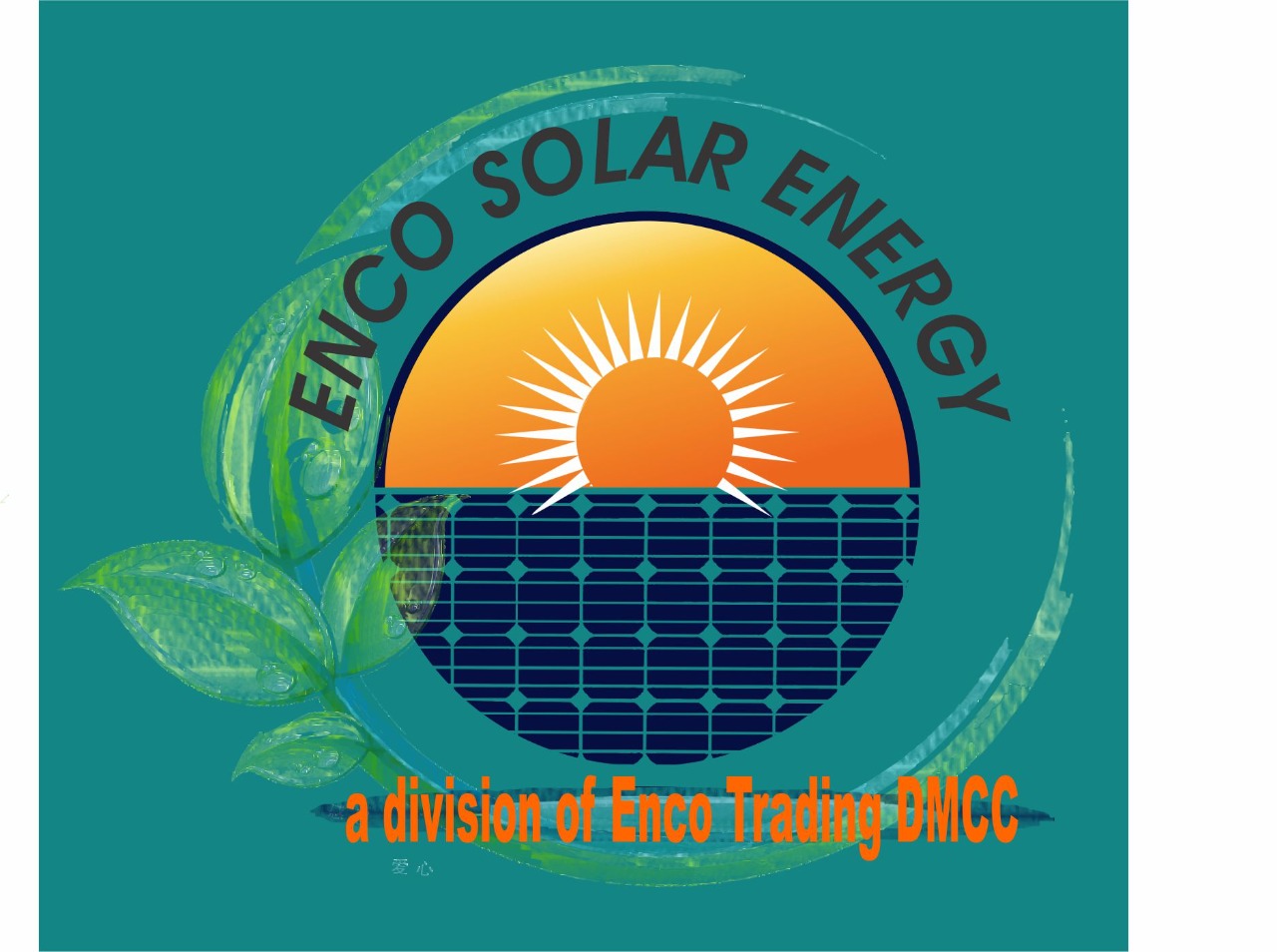What are the different types of solar batteries?
What are the different types of solar batteries?
There are essentially 4 main types of solar storage battery used today: lead acid, nickel, lithium ion and newer flow batteries.
Generating renewable energy through solar panels is both clean and once the systems paid for, essentially free, but if you are generating power during the day and there is no one there to use it, the system isn’t as useful as it could be.
Although through the various FIT (feed in tariffs) and the similar it’s possible to get paid for sending the power into the grid, but ultimately, it’s better if you can use it yourself.
With this in mind adding battery storage to a solar energy setup can be a great idea – generate free energy during the day and then use it in the evening and at night.
- Lead acid batteries
- Lithium ion batteries
- Nickel based batteries
- Flow batteries
Lead Acid Batteries
Lead acid batteries are probably the oldest type of battery available today as the technology has been around for well over 100 years. Due to this, lead acid batteries are a tried and tested storage solution and been developed alongside solar and wind energy generators pretty much since their inception.
As lead-acid battery technology has been around so long it has been refined to be about the cheapest and most reliable battery storage solution
Lithium ion batteries
If you have a solar battery at your home or business, it is almost certainly a lithium ion battery. Lithium ion is the main chemistry used in batteries offered by the primary players in today’s solar-paired storage market, such as Tesla, LG Chem, Generac, Panasonic, and many more.
These batteries use lithium compounds for an electrode and are called lithium ion batteries because of the way they utilize the flow of ions away from a lithium compound to store energy. The category of lithium ion batteries actually covers a number of different chemistries, each of which have slightly different characteristics.
Nickel cadmium batteries
Nickel cadmium (Ni-Cd) batteries aren’t as widely used as lead acid or lithium ion batteries.
Ni-Cd batteries first sprung on the scene in the late 1800's, but they got a makeover in the 1980s that greatly increased how much energy they could store. They are a favorite amongst the aircraft industry.
The main benefit of Ni-Cd batteries is that they are durable. They also have the ability to operate at extreme temperatures. Additionally, they don’t require complex battery management systems and are basically maintenance-free.
Flow Batteries
These are the new kids on the block in terms ofa solar storage solution and one that is still really in its development stages.
Their name comes from the way in which they operate – within the battery there are two individual chambers that have feature an electrolyte that’s water-based (usually zinc-bromide) and this flows between the two chambers.
The chemical reaction that takes place during the charging process allow the battery to both charge and also discharge.
One of the best features of the flow battery is its DoD, or depth of discharge which is a staggering 100% meaning that that you can use all of the stored energy in the battery without the feature that it will damage it.
With this in mind and considering the fact that it is water based and doesn’t rely on any toxic heavy-metals it’s pretty certain that this storage solution will become more wide spread as soon as the technology advances.
